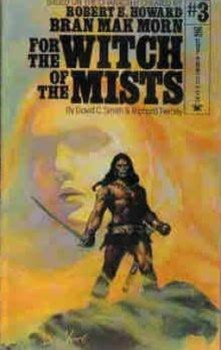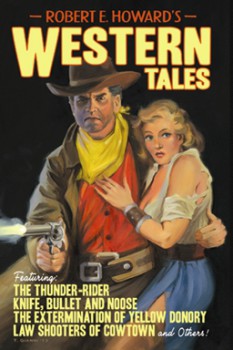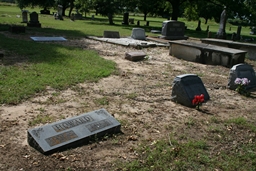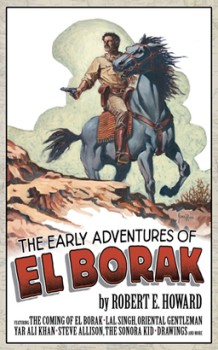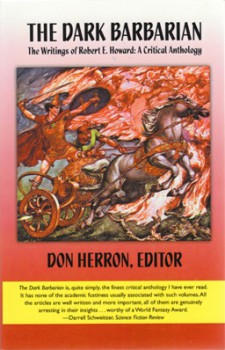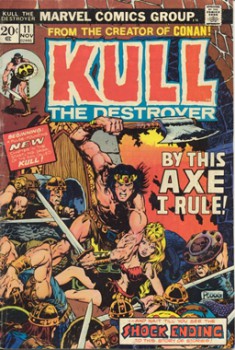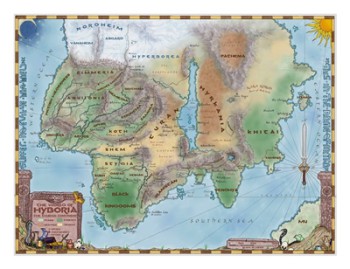Robert E. Howard: Peering Behind the Veil of Life
NOTE: The following article was first published on May 9, 2010. Thank you to John O’Neill for agreeing to reprint these early articles, so they are archived at Black Gate which has been my home for over 5 years and 250 articles now. Thank you to Deuce Richardson without whom I never would have found my way. Minor editorial changes have been made in some cases to the original text.
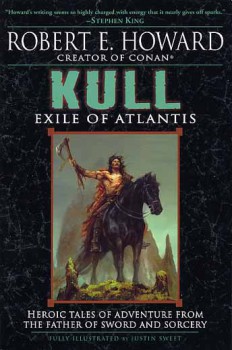
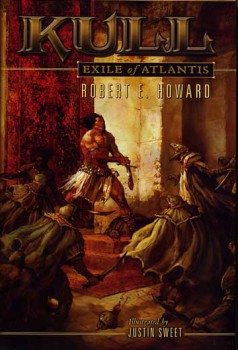 “The Mirrors of Tuzun Thune” is Robert E. Howard at his most poetic.
“The Mirrors of Tuzun Thune” is Robert E. Howard at his most poetic.
His writing had taken a quantum leap forward in quality compared with his earlier Kull stories as he transitioned from working in familiar genres to blazing a trail none had attempted before him. More than his gift for well-turned phrases and evoking imagery so powerful, it literally sears itself in the reader’s mind; Howard reaches for a depth of character and achieves a work that is both psychologically and philosophically rewarding.
Sadly, as the author would later tell his friend, Clyde Smith he was disappointed in the result and resolved to never attempt anything so deep again.
The tale starts off with Kull, plagued with ennui and yearning for something more substantive than riches, power, and transient beauty. The brooding king rejects the company of loyal Brule, the Pict who won his respect and friendship in “The Shadow Kingdom,” but foolishly takes the advice of an alluring Eastern female.
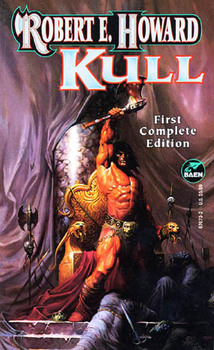
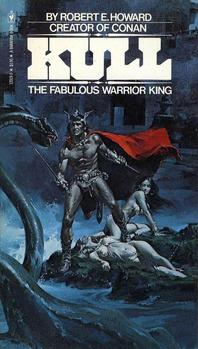
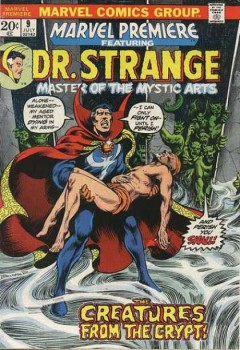 In a
In a 